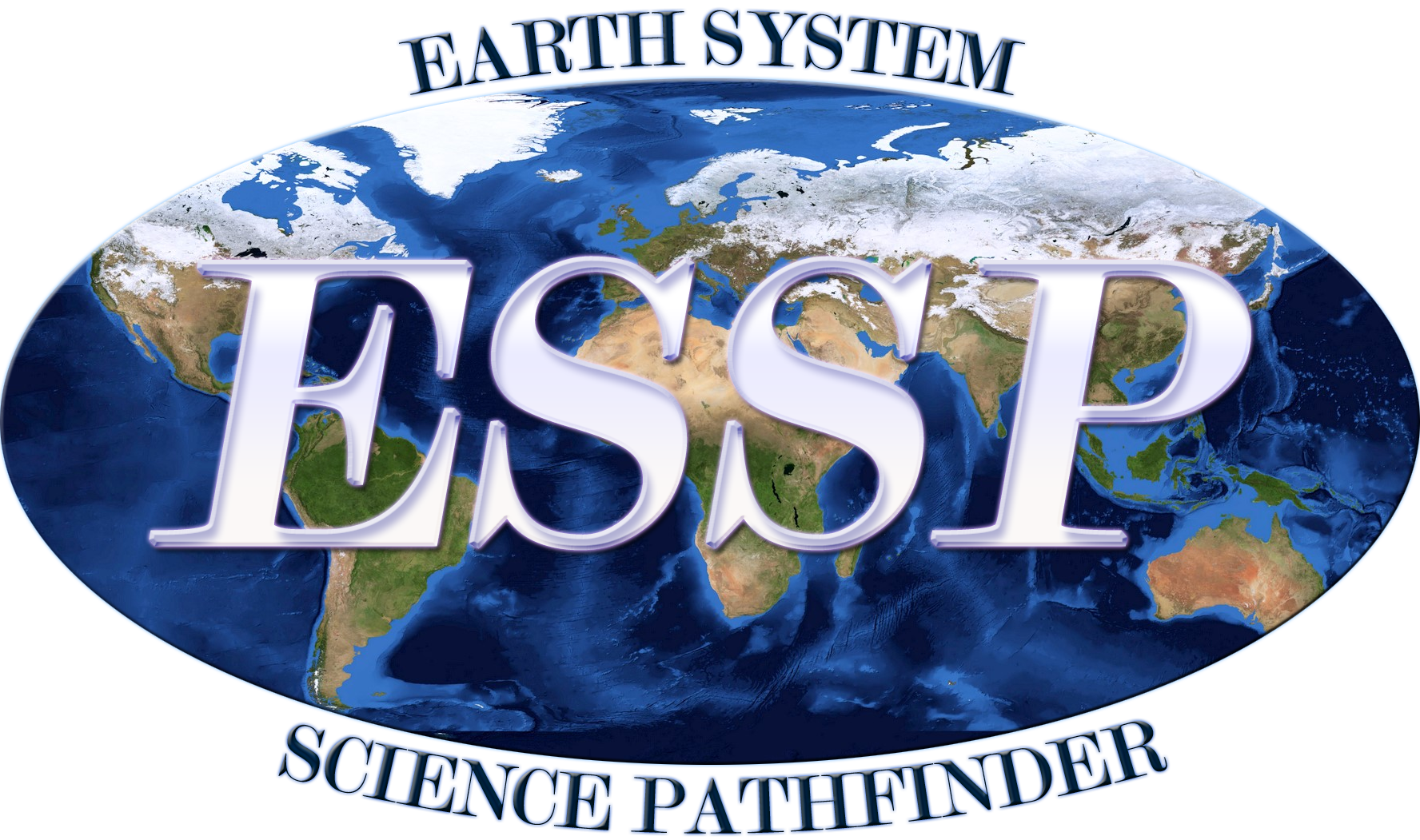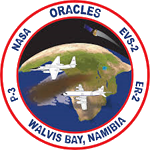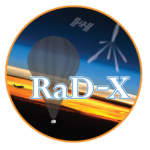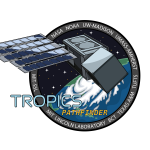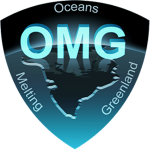
Oceans Melting Greenland
https://twitter.com/omgnasa?lang=en
Probing melting glaciers from the sky, exploring the journey of ocean water
You see the tip of a melting iceberg; we see a plane, an ocean, a probe, and OMG… We jump inside!
NASA’s Oceans Melting Greenland (OMG) mission is right here on Earth and it’s showing us the precise role oceans are playing in melting glaciers. Some glaciers in Greenland have been around for a million years; however, in just the last few decades, they have begun disappearing due to climate change. Greenland’s glaciers are massive – if all of those glaciers were to melt, the sea level would rise 25ft; that could translate to Washington DC being under water in the future. (Check your home town or favorite beach here) The glaciers are being attacked from all sides, from the air above and now OMG is discovering, from warm water underneath. The sea floor around Greenland has channels that snake up into the continental shelf and the warm salty water rides right up onto the front of the glacier. Warmer water, means faster glacier melt and losing more of our precious coastline.
“Amazing flight today through the dramatic canyons beyond Scoresby Sound. Got the first data in front of Vestfjord Glacier, which was almost 600m deep. Dropped 26 probes (total 193) and got 23 good profiles. #omgnasa” – Josh Willis, OMG Principal Investigator
OMG uses two planes, a satellite, a ship and elusive narwhals measure how the glaciers and oceans change from year to year. Aircraft launch 250 big, grey cylinder probes into the ocean every summer, the only time there is open water and less ice around most of Greenland. As the probes sink to the ocean floor, they radio back temperature and salinity measurements from the surface to the sea floor back to the team. In addition, both the shape and depth of the sea floor (bathymetry) were measured by ships and airplanes. Whales become oceanographers, gathering temperature, salinity and dive depth data while they feed at glacier waters. This project is changing the way scientists think about the melting of Greenland’s glaciers from underneath! See how temperature has changed in 5 years and what is going to happen in the 6th year, 2021. Come ride along with a narwhal whale and a NASA radio transmitter to discover more.
Check out other Earth Pathfinder projects to see if this melting can be reversed and follow OMG on the tracker at https://airbornescience.nasa.gov/tracker/#!/status/map?callsign=C-GJKB
